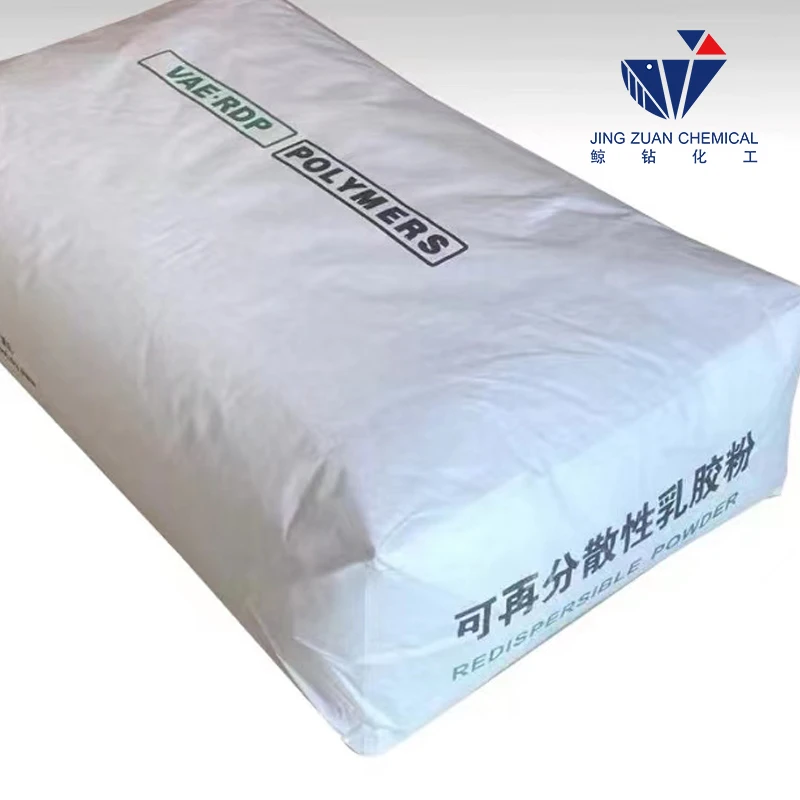
តុលា . 17, 2024 02:25 Back to list
Current Pricing Trends and Market Analysis for Hydroxyethyl Cellulose in 2023
Understanding Hydroxyethyl Cellulose Prices Insights and Trends
Hydroxyethyl cellulose (HEC) is a non-ionic, water-soluble polymer derived from cellulose, widely used across various industries due to its thickening, emulsifying, and film-forming properties. Its applications range from personal care products and pharmaceuticals to food and industrial products. The price of hydroxyethyl cellulose can significantly impact production costs and overall market dynamics; thus, it's essential to understand the factors influencing these prices and the trends shaping the market.
Factors Influencing Hydroxyethyl Cellulose Prices
1. Raw Material Costs HEC is synthesized from cellulose, which is derived from natural sources such as wood pulp or cotton. As a result, fluctuations in the costs of these raw materials directly influence HEC prices. Market dynamics, including the availability of cellulose, environmental factors affecting production, and changes in demand, can lead to price volatility.
2. Production Processes The manufacturing process of hydroxyethyl cellulose involves several stages, including etherification and purification. Variations in production technology can affect the efficiency and yield of the process, thus impacting pricing. Companies investing in advanced technologies may experience lower production costs, allowing them to offer competitive pricing in the market.
3. Regional Market Conditions Prices of hydroxyethyl cellulose vary significantly across different regions due to factors such as local demand, logistical costs, and regulatory environments. For example, regions with a high concentration of industries utilizing HEC—such as the pharmaceutical or cosmetics sectors—may experience higher demand and, consequently, higher prices.
4. Supply Chain Dynamics The global supply chain's complexity also plays a crucial role in determining prices. Disruptions due to geopolitical tensions, natural disasters, or global pandemics can lead to sudden price increases. Companies that rely on imported raw materials for HEC production might be particularly vulnerable to such disruptions, affecting their pricing strategies.
5. Technological Advancements Innovations in biodegradable materials and alternative thickening agents have led to increased competition in the market. As new products emerge, they can affect the demand for hydroxyethyl cellulose, leading to price adjustments. Companies that adapt to these changes by diversifying their product offerings may better position themselves in the market.
hydroxyethyl cellulose price

Trends Shaping Hydroxyethyl Cellulose Pricing
1. Sustainability Concerns As environmental awareness grows, consumers and manufacturers are increasingly prioritizing sustainable and eco-friendly products. This shift has compelled producers of hydroxyethyl cellulose to invest in sustainable sourcing of raw materials and greener production methods. Although this transition may initially raise costs, long-term benefits may lead to a more stabilized pricing structure in line with consumer preferences.
2. Rising Demand in Emerging Markets Emerging economies are experiencing accelerated growth in several sectors, particularly in cosmetics, pharmaceuticals, and food processing. This rising demand is likely to drive hydroxyethyl cellulose prices upward as manufacturers strive to meet the needs of expanding markets. Strategic investments in these regions could enhance supply chain efficiency and reduce costs in the long term.
3. Impact of COVID-19 The global pandemic impacted almost every industry, including the HEC market. Disruptions in supply chains, fluctuations in raw material availability, and shifts in consumer behavior resulted in price adjustments. As economies recover, the market is witnessing changes in demand patterns, further influencing pricing strategies.
4. Market Consolidation The hydroxyethyl cellulose market has seen consolidation, with larger companies acquiring smaller firms to enhance their market share and production capabilities. This trend can lead to more standardized pricing as larger players leverage economies of scale and optimize production processes.
Conclusion
Understanding the pricing of hydroxyethyl cellulose is crucial for businesses involved in its production and utilization. The interplay of raw material costs, production dynamics, regional market conditions, technological advancements, and evolving consumer trends significantly shapes HEC pricing. As industries adapt to market changes and sustainability becomes increasingly important, stakeholders must remain agile and informed to navigate the complexities of this vital market segment. Ultimately, staying abreast of trends and strategic planning will be key to thriving in the competitive landscape of hydroxyethyl cellulose.
-
Versatile Hpmc Uses in Different Industries
NewsJun.19,2025
-
Redispersible Powder's Role in Enhancing Durability of Construction Products
NewsJun.19,2025
-
Hydroxyethyl Cellulose Applications Driving Green Industrial Processes
NewsJun.19,2025
-
Exploring Different Redispersible Polymer Powder
NewsJun.19,2025
-
Choosing the Right Mortar Bonding Agent
NewsJun.19,2025
-
Applications and Significance of China Hpmc in Modern Industries
NewsJun.19,2025







